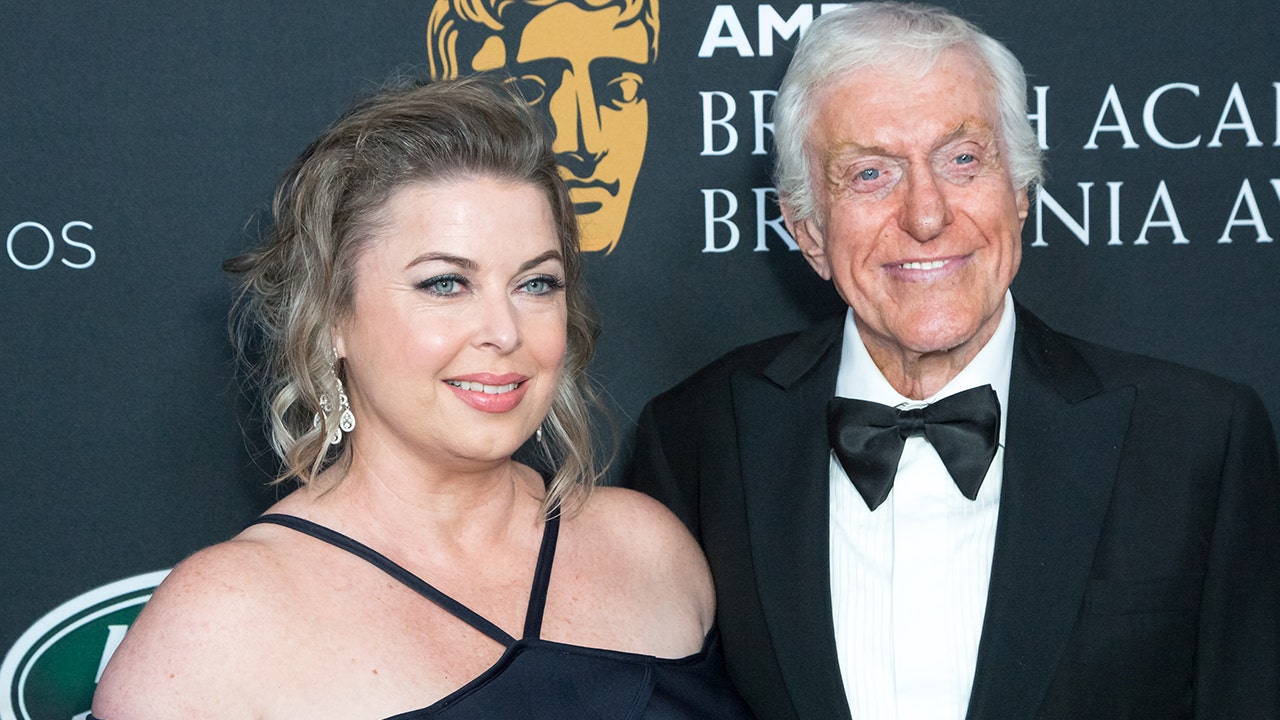Biominicy – Learning From Nature
The latest box-office hit, Avatar, contained a lot of action, a sprinkle of emotion, and a spoon of twist, but it also had an environmental concept of living on-par with nature. The famous line “I see you” involves a person not only being able to see each other, but to see nature and to work with the environment. Other sci-fi creations have also dealt with organic space ships that are not run with metal, computer chips and nuts and bolts, but rather organic matter. While this might be just a dream for most, it’s not out of reach for a lot of companies to create their products after a lesson or two from nature.
Janine Benyus is a sole believer in Biomimicry defined as ‘the science and art of emulating Nature’s best biological ideas to solve human problems.’ While the name might be fairly new, this isn’t an entirely new concept. For decades humans have been inspired by nature. However over the years as we close ourselves in our concrete blanket, we’ve wandered off from finding concepts, new innovations and improvements in the environment. Janine’s goal is to bring it back.
Some of the popular products that have come out of companies integrating biomimicy into their labs and board meetings have been non-toxic adhesives designed around gecko’s ability to stick surfaces. Another is from a slow-moving Galapagos shark that has no bacteria or barnacles on its skin. Due to the pattern on the shark’s skin, it remains clean. Currently a company, Sharklet Technologies, is now using the same skin denticles on hospital surfaces to prevent bacteria from landing.
A more recent example doesn’t come from a singular creature, but an entire ecosystem. Dr Kathe Seidel from The Max Planck Society in the 40’s and 50’s investigated in using alternative ways to unpolluted water with plants. Ecologist H.T. Odum has followed this thought pattern on and is now currently trying to mimic the purifying behaviour of wetland ecosystems to deal with human sewage issues at one quarter of the energy.
A few South African ideas from Raul on Ask Nature were creating air conditioning based on the way elephants cool themselves with their ears and studying the belly feather of the Sandgrouse to improve on water absorption products.
Imagine future lessons we could learn – improving construction to create less waste and using migration birds as examples of how to fly more efficiently, even turning climate change around by balancing out carbon dioxide through the study of leaves. If every company today turned to nature for answers, we might find our children living in our dream.
Source by C. Yates




